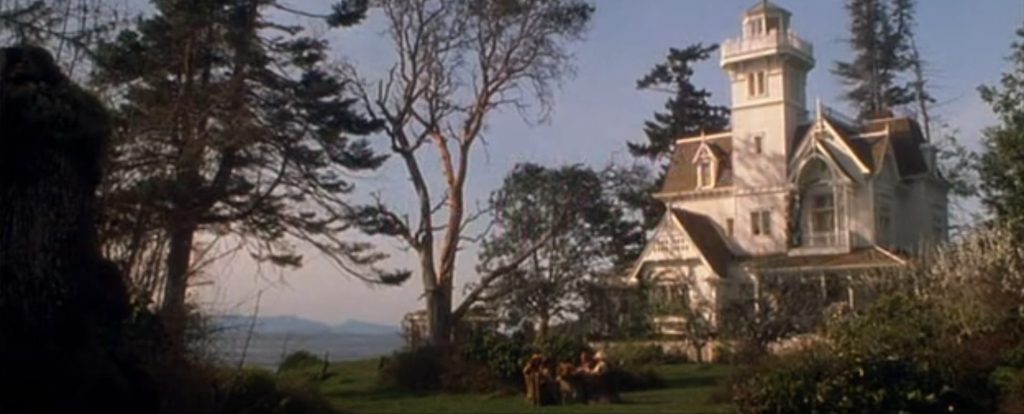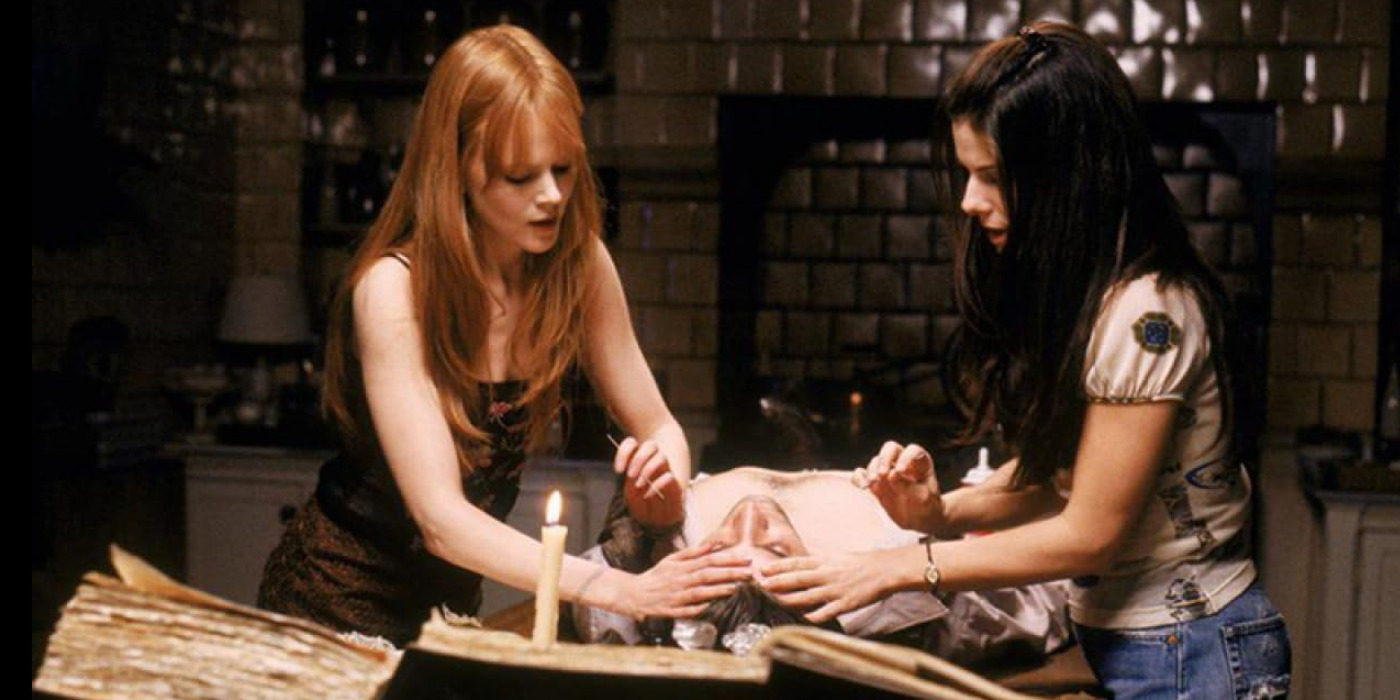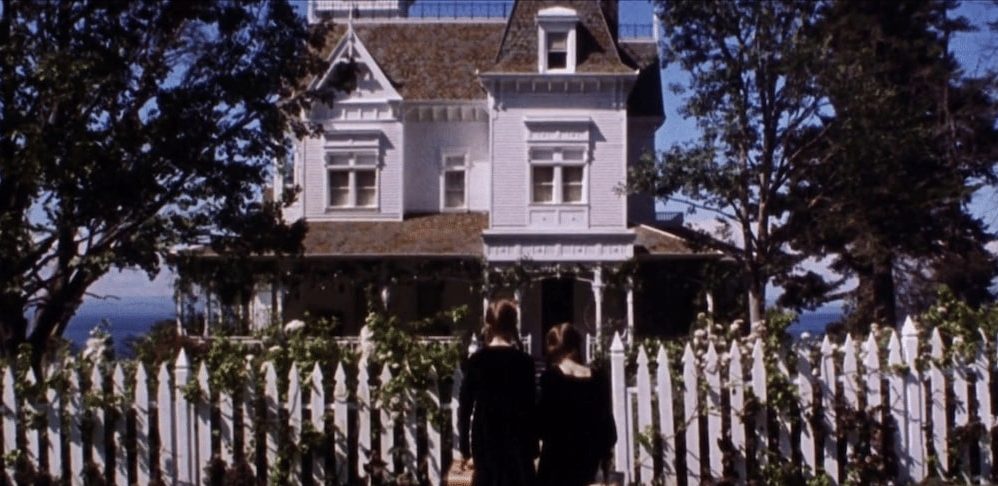In the 1998 romantic fantasy ‘Practical Magic,’ witch sisters Sally and Gillian Owens lose their parents and move in with their aunts at their majestic house on an island town. The home sits on the coast and forms the magical atmosphere where both the Owen sisters grow up and hone their witchcraft. The residence carries an antique and vintage look to match the aesthetic of the witches who live inside. It is far from the town’s main roads, and because of its remoteness, the Owens can spend their childhood in relative peace from the prejudiced local non-magical townspeople. However, the house also has a rich history within the narrative, as a long line of witches have come and gone before Sally and Gillian appear. Since the Owens Residence is vital in embodying the charming world of magic occupied by the Owens, it raises intrigue regarding its existence.
The Owens Family House is Fictional
The house where Sally and Gillian grow up with their aunts in ‘Practical Magic’ is not real. Alice Hoffman, whose novel of the same name was adapted into the film, crafted the fictional home for the Owens in her fictionalized work. Their home is a majestic residence where herbs, special ointment containers, and winding staircases form a natural backdrop to their magical proclivities. Spires and Victorian-era windows grace the upper floors, giving it an antique look of history and heritage. The book describes the house as having a darker and gloomier atmosphere along its halls and corridors. It is an ancient establishment that has seen the faces of many with their lives passing within its rooms over generations.

In the film, the house carries a similar whimsical disposition as its literary counterpart with a less dark ambiance. Robin Standefer, the production designer, wanted the house to resemble a lighthouse on the coast. In a 1998 interview with Victoria magazine, she said, “Women were traditionally light keepers, and this was a house of women.” Hence, the interior is replete with a long staircase that winds up like the inside of a tower. She was inspired to create a Victorian building as an East Coast shingle-style home. The general idea was for the house to look more buoyant and full of life, a sentiment mirrored by Griffin Dunne, the director, in the DVD commentary of the film. He wanted it to represent something cheerful and beautiful, which spoke of the excellent taste held by the witches who lived within.
Various rooms within the house offer different moods and associated feelings. The kitchen, for instance, is the “heart of the house,” as described by Standefer. It is where assortments of weird ingredients are kept stored in jars on the shelves. The conservatory was host to all manner of plants and herbs. “We had a greenhouse for our greenhouse,” Dunne said. “We had so much growing, plants, flowers, orchids…it was like a floral shop every day.” The nature reserve presented an insight into how real witches might operate. There were other rooms and corridors, which, true to the narrative, held a more shadowy look.

For filming, the exterior and interior of the Owens Residence were shot in separate locations. The production crew built the exterior of the house as an architectural shell at San Juan Park Road, Friday Harbor, Washington. This facade was built because the team felt they could not find a home that offered everything they wanted. The standing set was constructed in six months, while the interior shots were handled elsewhere. The house’s rooms and hallways were built on a soundstage in Warner Brothers Studio at 3400 Warner Boulevard, Burbank, Los Angeles, California. All the interiors, including the kitchen and the greenhouses, were filmed on the stage. Thus, while the house may seem authentic in its presentation, it is made up like its fantasy narrative.
Read more: Practical Magic: Is Maria’s Island a Real Town in Massachusetts?


You must be logged in to post a comment.